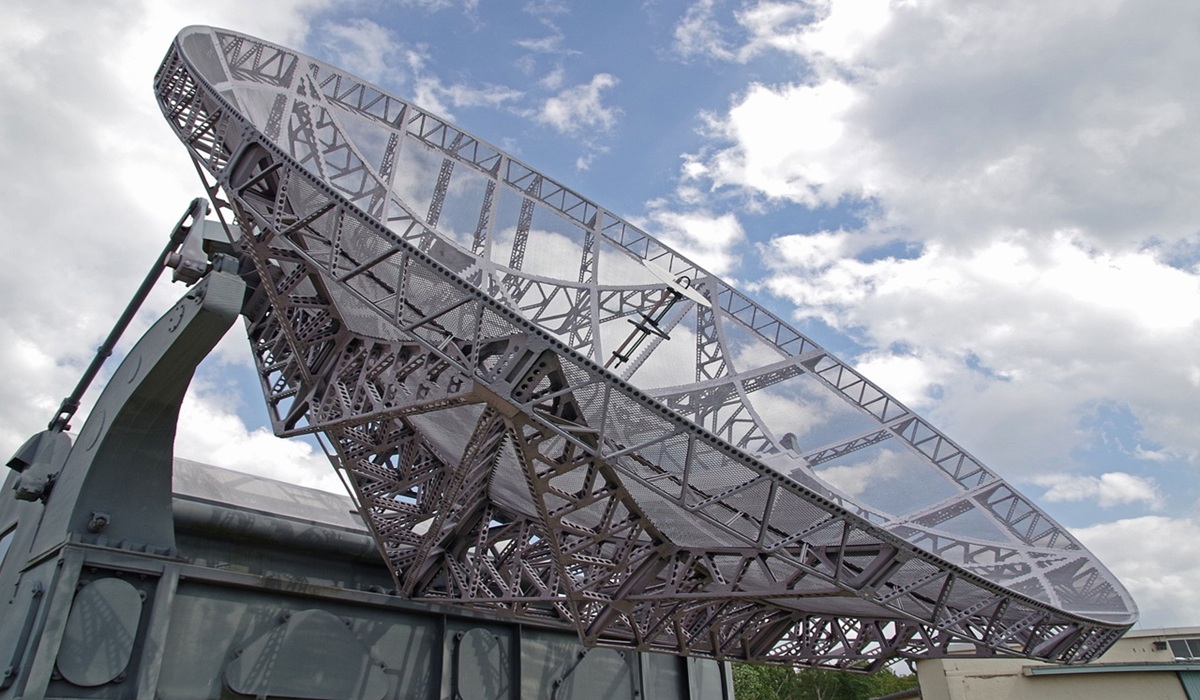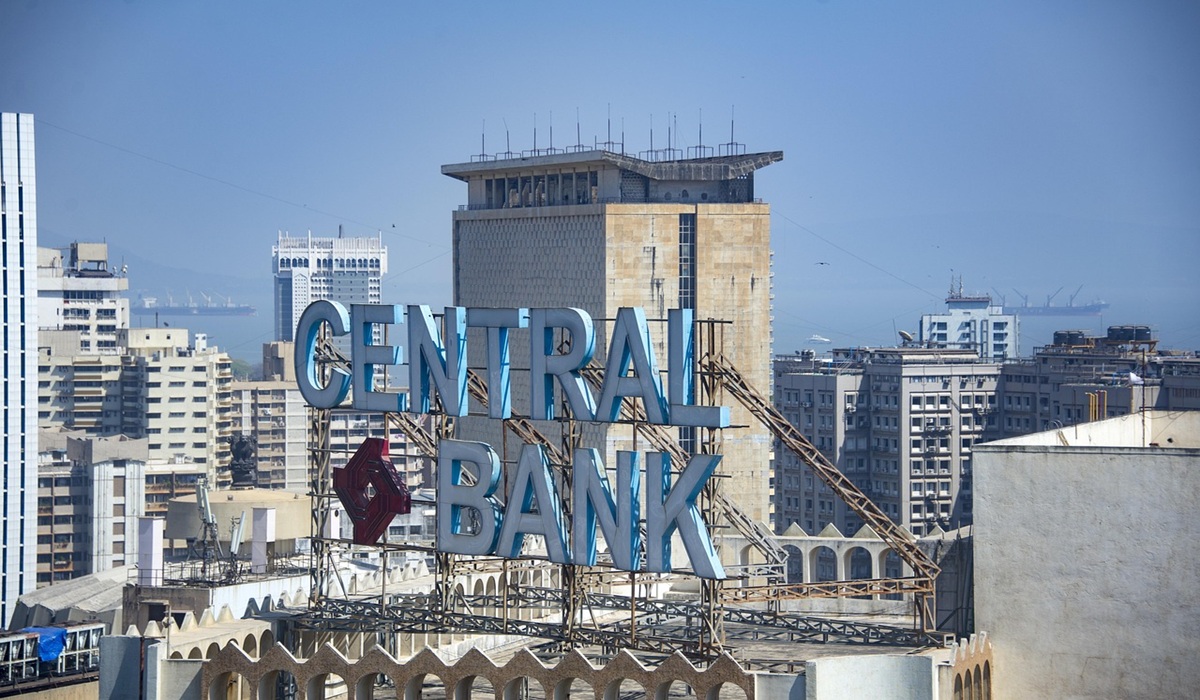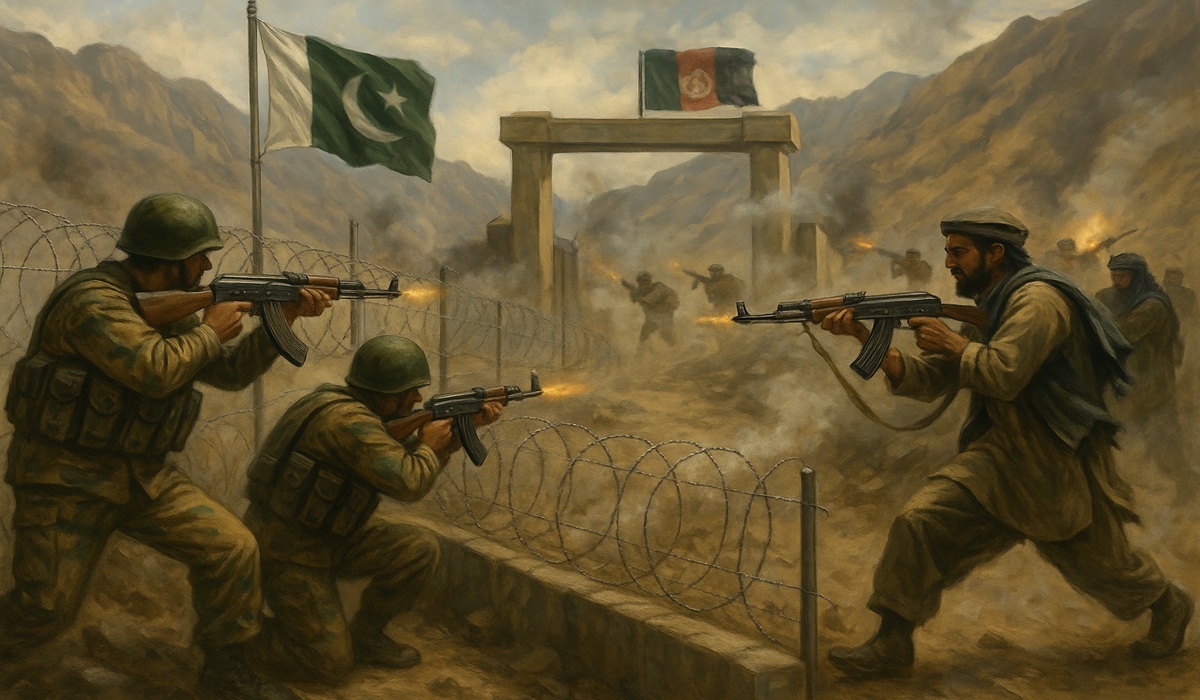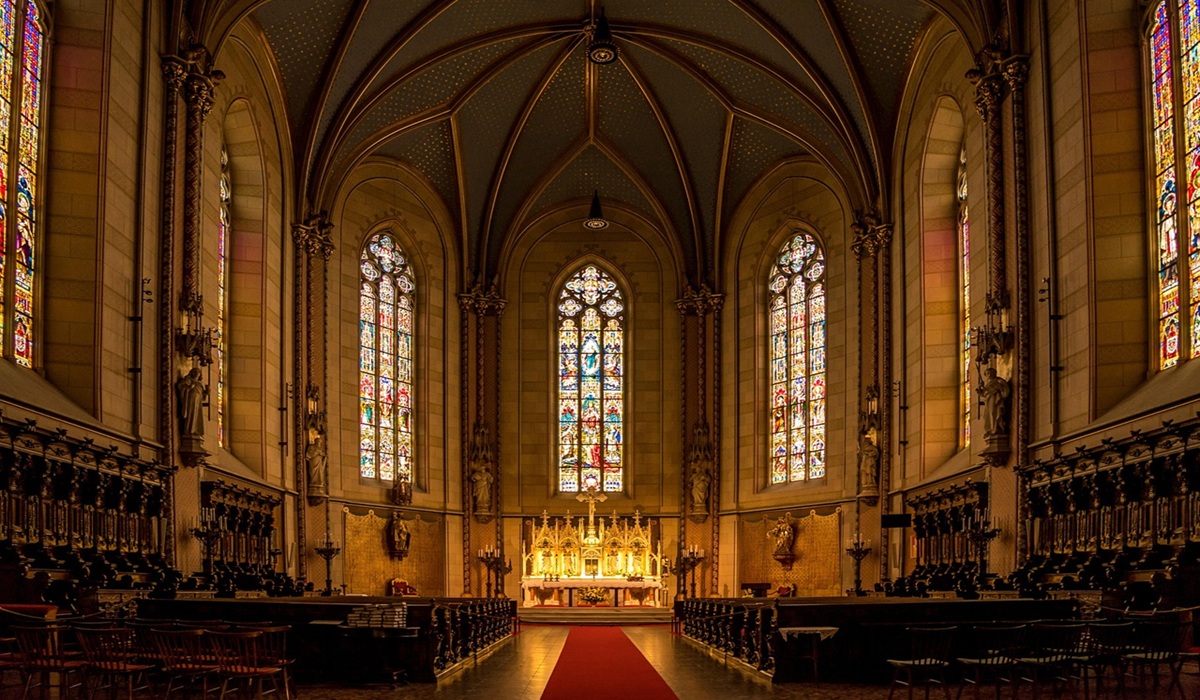The Social Worker Who Wouldn’t Walk Away: One Night That Exposed Minneapolis’s Youth Homelessness Crisis
- TDS News
- Trending News
- October 15, 2025
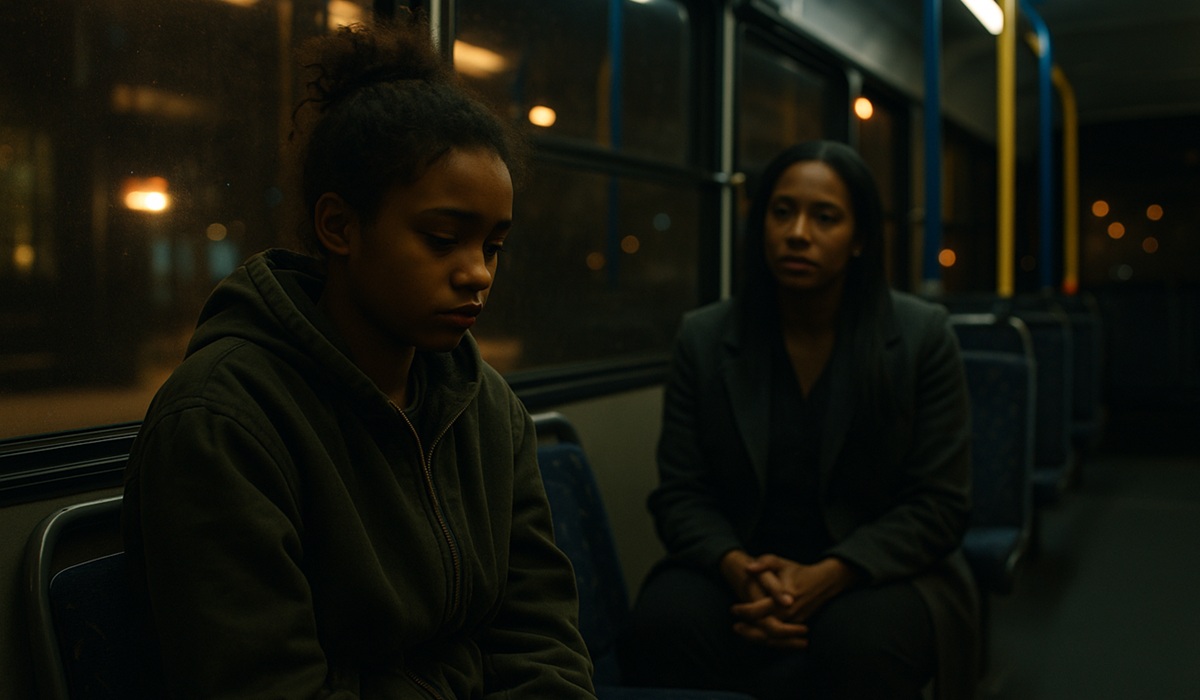
By Donovan Martin Sr, Editor in Chief
Digital Image Generation
It was late on a cold night in South Minneapolis when a licensed social worker—already exhausted from a long day of work—boarded a city bus. What should have been an ordinary commute turned into an extraordinary act of compassion and civic duty. On that bus sat a homeless teenage girl, alone, frightened, and searching for a place called YouthLink. She said her school counselor and therapist had referred her there, promising help and a way out of an unsafe living situation. What unfolded over the next 24 hours was a heartbreaking illustration of how our systems, despite good intentions, can fail those most in need.
The social worker quickly recognized the signs of distress. Through gentle conversation, she learned the young girl had no safe place to go that night. Moved by concern, she decided to help, spending the entire night and following morning navigating a web of disconnected processes, policies, and procedural roadblocks that stand between homeless youth and safety. What she discovered was not just one child’s struggle, but a window into a much larger systemic problem in Minneapolis—and likely beyond.
When the social worker called Bridge for Youth, a well-known crisis shelter, she was told the process could take up to 48 hours. The staff explained that before a bed could be assigned, an over-the-phone assessment needed to be completed, followed by internal discussions and contact with the youth’s legal guardian to confirm eligibility. The issue? The young woman didn’t have a phone. She didn’t have a guardian she could safely contact. And she didn’t have 48 hours—she needed a safe place to sleep that night.
The social worker tried another option: Hope House in Excelsior, Minnesota. There, she encountered a similar story. The staff were kind and had a bed available for a female youth, but the same procedural hurdles applied: an over-the-phone intake, guardian verification, and a turnaround time of up to 72 hours before approval. Again, the system assumed access to resources—phones, guardians, stability—that homeless youth rarely have. It assumed time, when time is the one thing they cannot afford.
By morning, the social worker and the youth arrived at YouthLink, a downtown drop-in center meant to connect young people with services. The doors opened at 9 a.m., weekdays only. When they approached the front desk for help, the first question asked wasn’t “How can we help?” but “How old are you?” Upon hearing the youth was under 16, the staff reportedly told her she could not be served, offering no breakfast, no empathy, no comfort—just a Post-it note with an address for Bridge for Youth. When asked where the shelter was located, the staff replied, “I have no idea, I’ve never been there.”
This exchange was not only disheartening—it was dangerous. Expecting a homeless child to navigate an unfamiliar city, without a phone, transportation, or safety, is to leave them vulnerable to further victimization. And it raises a painful question: If this is how the system works when a trained social worker is present, what happens to the children who have no one to advocate for them?
The next morning, still determined, the social worker called Bridge for Youth again and explained who she was—a licensed social worker working in the best interest of a youth in crisis. She was met with the same explanation of process and protocol. In disbelief, she asked the staff how such procedures prioritize safety. Shouldn’t the first step be to get the child off the street—away from danger, the cold, and potential harm—before paperwork and verification begin?
To the organization’s credit, after the social worker pressed her concerns, a supervisor made an executive decision to bypass some of the red tape. Permission was granted for the youth to be brought in immediately. That rare act of flexibility likely changed the trajectory of this young girl’s life.
But what if this social worker hadn’t been there? What if she hadn’t known who to call, or how to navigate the system? Would this child still be wandering the streets, another invisible statistic in a city that prides itself on compassion?
The story of this one young girl is not an outlier. In fact, on any given night in Minnesota, over 6,000 unaccompanied youth are homeless, according to Lutheran Social Service of Minnesota. Nearly 35% of them are age 17 or younger. Over the course of a year, an estimated 13,300 unaccompanied youth experience homelessness across the state—including approximately 5,800 minors under age 18.
In Hennepin County, which includes Minneapolis, official counts show 1,324 minors—nearly one-third of the local homeless population—lack stable housing. Youth make up almost 46% of the total homeless population statewide, a staggering number considering their small share of Minnesota’s overall population.
Even more alarming is the shortage of resources. Across Hennepin County, there are only 85 emergency shelter beds designated specifically for youth, alongside roughly 200 transitional or rapid rehousing units. These figures fall far short of the growing need. For many young people, that means sleeping outside, couch surfing, or entering unsafe arrangements simply to survive the night.
The crisis also intersects with race and health disparities. Eighty percent of youth served by Bridge for Youth are youth of color, reflecting a broader trend in which Black, Indigenous, and other marginalized communities are overrepresented in homelessness statistics. According to Bridge’s own data, 57% of youth experiencing homelessness report serious mental health issues, and 36% live with chronic physical conditions—numbers that underscore how health inequities and housing insecurity are deeply intertwined.
It’s important to note that Bridge for Youth and YouthLink both provide valuable services to thousands of young people every year. This story is not meant to discredit their dedication or the compassion of their staff. It’s about identifying systemic flaws that leave too many young people unseen, unheard, and unhelped.
Homelessness among youth in Minneapolis is not new. Each year, hundreds of teenagers couch surf, sleep in cars, or find temporary refuge in unsafe situations. The reasons vary—family conflict, abuse, financial instability, mental health struggles—but the outcome is the same: young people trying to survive without stable housing or support. For many, the bureaucracy becomes a second barrier, as painful as the homelessness itself.
When intake systems are built around forms, phones, and guardian verifications, they exclude the very population they aim to protect. Many homeless youth are fleeing abusive homes; requiring them to contact their guardians is not just insensitive—it can be retraumatizing and dangerous.
Similarly, the assumption that every youth can complete a phone intake ignores the everyday realities of homelessness. Phones are often lost, stolen, or unaffordable. Wi-Fi is inconsistent. Charging a device is a luxury. For many young people, their only connection to help is showing up in person—and when they do, they deserve more than a shrug and a Post-it note.
So what can be done?
First, emergency youth shelters must prioritize safety over paperwork. Intake policies should allow for immediate, short-term shelter without requiring guardian verification, particularly when abuse or estrangement is involved. Assessments and verifications can follow once safety is secured.
Second, staff training must center empathy and trauma-informed care. The first words a youth hears when seeking help can define their willingness to keep asking. Greeting a scared child with kindness, food, and a warm space can make all the difference.
Third, Minnesota should invest in 24-hour youth crisis centers, ensuring that minors aren’t left waiting until 9 a.m. on weekdays for assistance. Homelessness doesn’t run on office hours.
Finally, communication among agencies must be improved. A unified referral system or real-time bed availability tracker could save precious time and lives. No youth should have to travel across the city, from shelter to shelter, only to hear “we don’t have space” or “call back tomorrow.”
As the social worker in this case demonstrated, compassion and persistence can bridge gaps where policy fails. She spent the entire night advocating for one child—calling shelters, pleading for exceptions, even working with police to ensure safety. That’s the kind of humanity that systems should emulate, not rely upon by chance.
At The Daily Scrum News, we reached out to both Bridge for Youth and YouthLink by email to request comment on their intake policies and how they handle emergency cases involving minors without phones or guardians. Neither organization responded by the provided deadline of 11:00 a.m. Central Daylight Time.
There is no doubt these organizations are doing meaningful work. But this story reveals the cracks through which too many young people are slipping. If the system requires professional advocates just to access basic shelter, it is not a system designed for the vulnerable—it is a system designed for convenience.
That night in South Minneapolis, one young girl found help because one social worker refused to walk away. It was luck, compassion, and persistence that saved her. But luck should never be a prerequisite for safety. The real measure of a just society isn’t in the number of shelters it builds—it’s in whether every child who knocks on the door finds it open.



